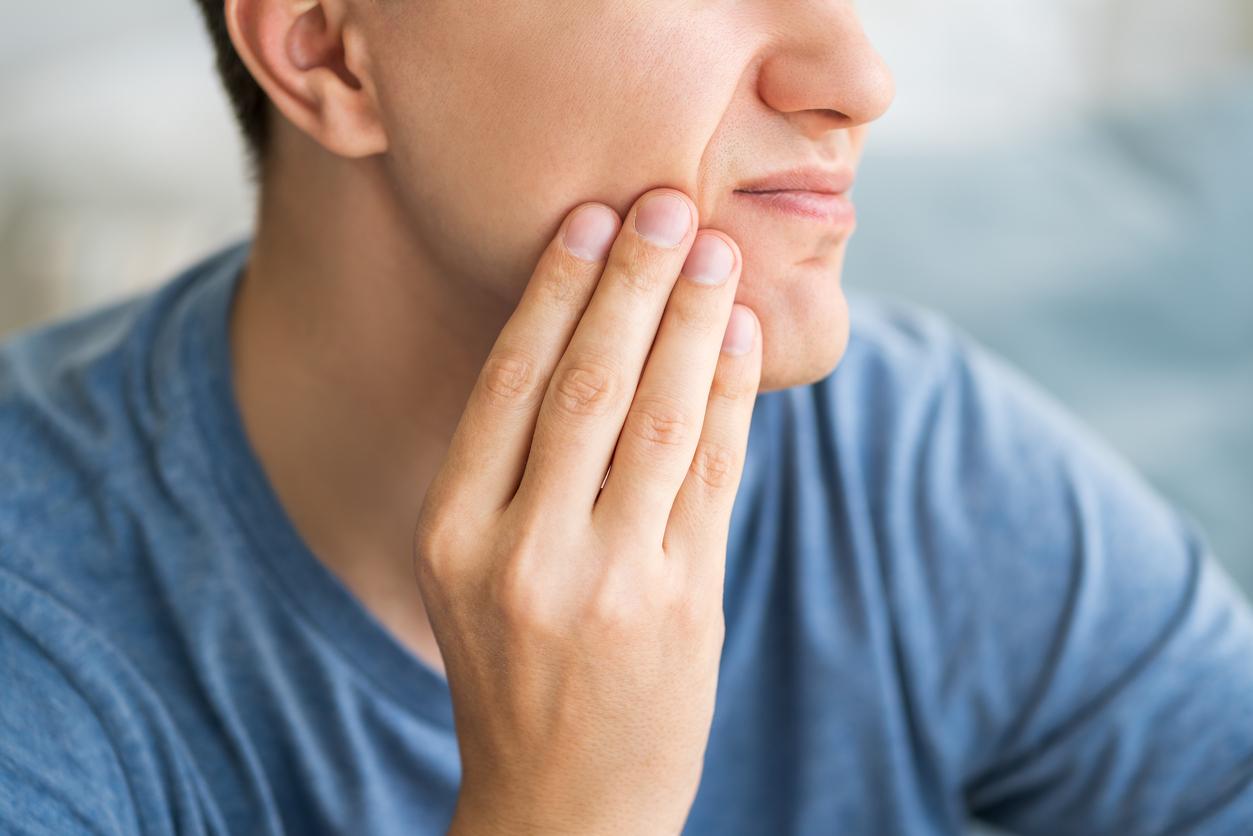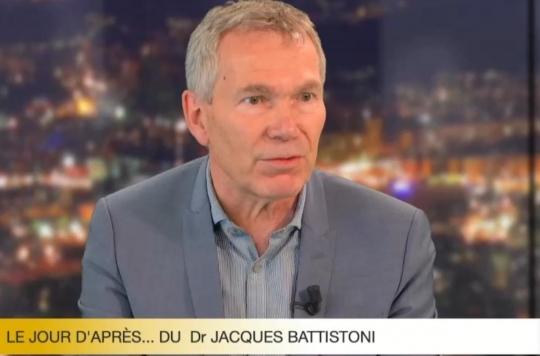

REPORT – By 2025, 1 in 4 retired general practitioners will not be replaced. A shortage, already perceptible, which worries the French. Concerns that they would like politicians to echo.
France has never had so many doctors, and yet it has never been so difficult to get an appointment. It is a fact, the 198,000 practitioners in regular activity can no longer meet the needs of the French population.
In 2015, the National Council of the Order of Physicians identified 192 medical deserts in which more than 2.5 million French people live. Shortage of doctors, poor distribution on the territory, feminization of the profession, change in the practices of doctors or overconsumption of care… The causes of medical desertification are multiple but have been identified for a long time. Despite this, the phenomenon does not seem to be improving and affects primary care, in cities and in rural areas.
General practitioners are the first to be affected by this decline in medical demographics due to the large number of unreplaced retirements. “They are experiencing an inexorable fall, and this, in a worrying way since this fall should continue until 2025 and could result in the loss of one general practitioner in four over the period 2007-2025”, alerted the Ordinal Institution on the occasion of the publication of the Demographic Atlas.
Territorial disparities
All French regions are not in the same boat. Some territories, such as the Provence-Alpes Côte d’Azur (PACA) region, are seeing the arrival of new doctors while others are struggling to keep them, like the Center. Thus, in 2015 there were 152.6 doctors per 100,000 inhabitants in PACA, the highest density, against 107.5 general practitioners per 100,000 inhabitants, the lowest in the Center. The national average is 132.1 general practitioners per 100,000 people.
And even within the well-endowed departments, there are areas in very great difficulty, such as inland Brittany. Peri-urban regions and large cities are not spared either. In Paris, the number of general practitioners has decreased by 20% in recent years, and one in 4 is expected to disappear by 2020.
These disparities visible even at the scale of a city push patients to travel miles to find a doctor, as shown by a study by Irdes (Institute for Research and Documentation in Health Economics). If on average, the French take 8 minutes by car to get to their attending physician, more than 10% of them make a 20-minute trip, and 5% have to travel 28 minutes from home.
Even longer travel times for specialists. Thus, it sometimes takes more than 40 minutes to go to a dermatologist and sometimes more than three quarters of an hour to consult a gynecologist or an ophthalmologist.
To get an appointment with these specialists, you also need to be patient. For an ophthalmologist, it takes 111 days and more than 50 to see a gynecologist. Consulting your GP is also more and more complicated: you have to wait 6 days.
Encourage young people to settle down
As a result, inequalities in access to care interfere between people with vehicles and able to move around, and vulnerable people with disabilities, for example. Moving far from home then becomes an obstacle to getting medical treatment.
To remedy this situation, some parliamentarians proposed last October to force the installation of doctors by agreeing only to those who settle in an under-resourced area. An amendment against which the doctors and the government opposed. The deputies ultimately did not retain this amendment, which nevertheless attracted many patients in medical deserts.
On the government side, we prefer incentive measures. A text voted by the Assembly, within the framework of the PLFSS 2017, provides for the creation of a contract for a Replacement Territorial Medical Practitioner. An initiative welcomed by young doctors and substitutes because it ensures them a minimum wage, especially during a period of inactivity between two replacements. The government is betting that this contract will encourage young doctors to settle in areas where the lack of practitioners is most glaring.
.












